Past events
Sun, 4 August 2024
6:00PM
The Evidence of Things Not Captured
Krista Thompson
Christopher “Dudus” Coke & the Fugitive Photograph in Postcolonial Jamaica
Tue, 5 December 2023
6:00PM
All Fall Down: Post-Industrial Demolition Projects and the Aesthetic of Collapse
Jack Halberstam
While urban planning in the middle of the last century in Europe and the US was indelibly influenced by the plans for social order and control produced by Le Corbusier and his acolytes, by the 1970’s small groups of activists and artists envisioned another kind of city, one which emphasized access and reveled in the disorderly arrangements of transport, buildings and life that cities fostered, created and sustained.
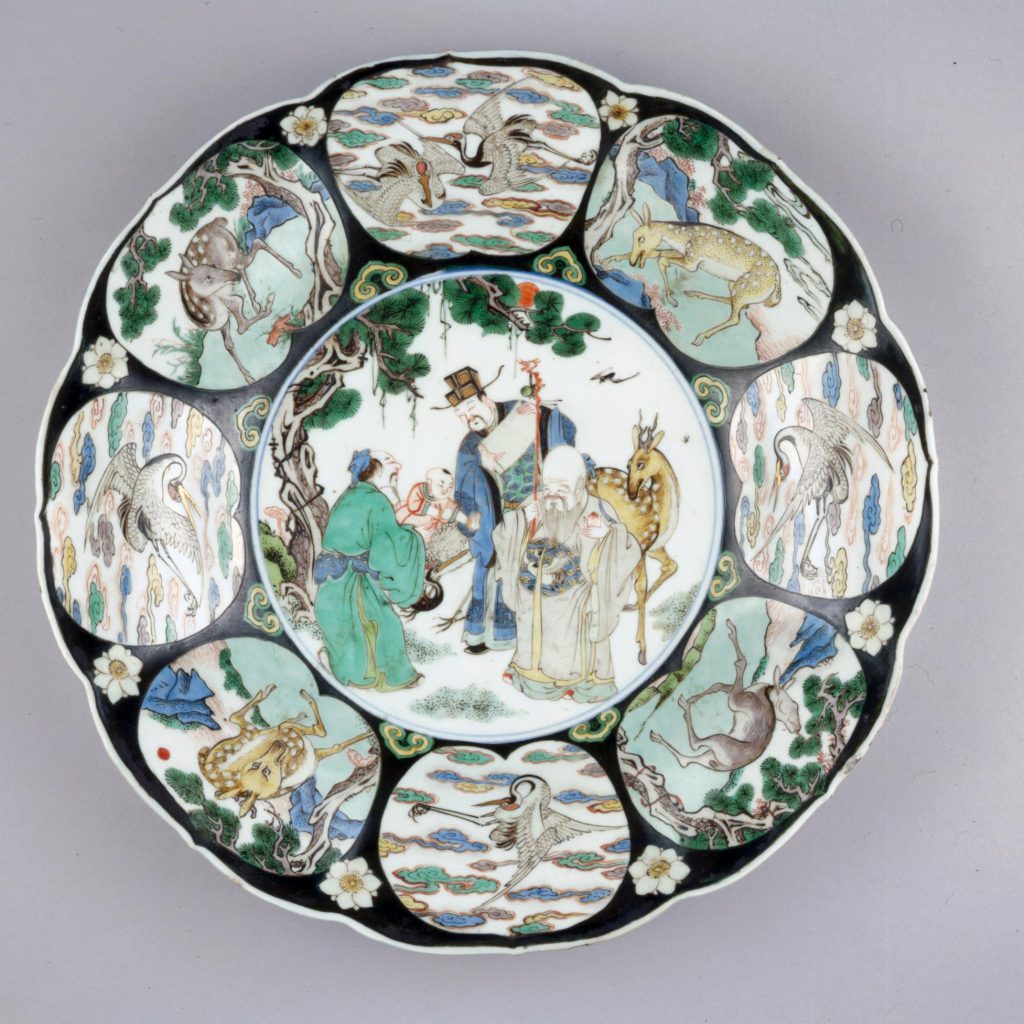
Thu, 12 October 2023
6:30PM
The Man Who Loved China: The Extraordinary Life and Collection of Sir Percival David
Stacey Pierson, Furuhata Yuriko, and Kent Ayoungman
The finest collection of Chinese ceramics outside China can be seen in the Sir Percival David Collection gallery in the British Museum in London. Created by Sir Percival David (1896-1964) in the first half of the 20th century, the collection contains some of the rarest and most valuable pieces in the world today and is a benchmark for dating, identification and scholarship.
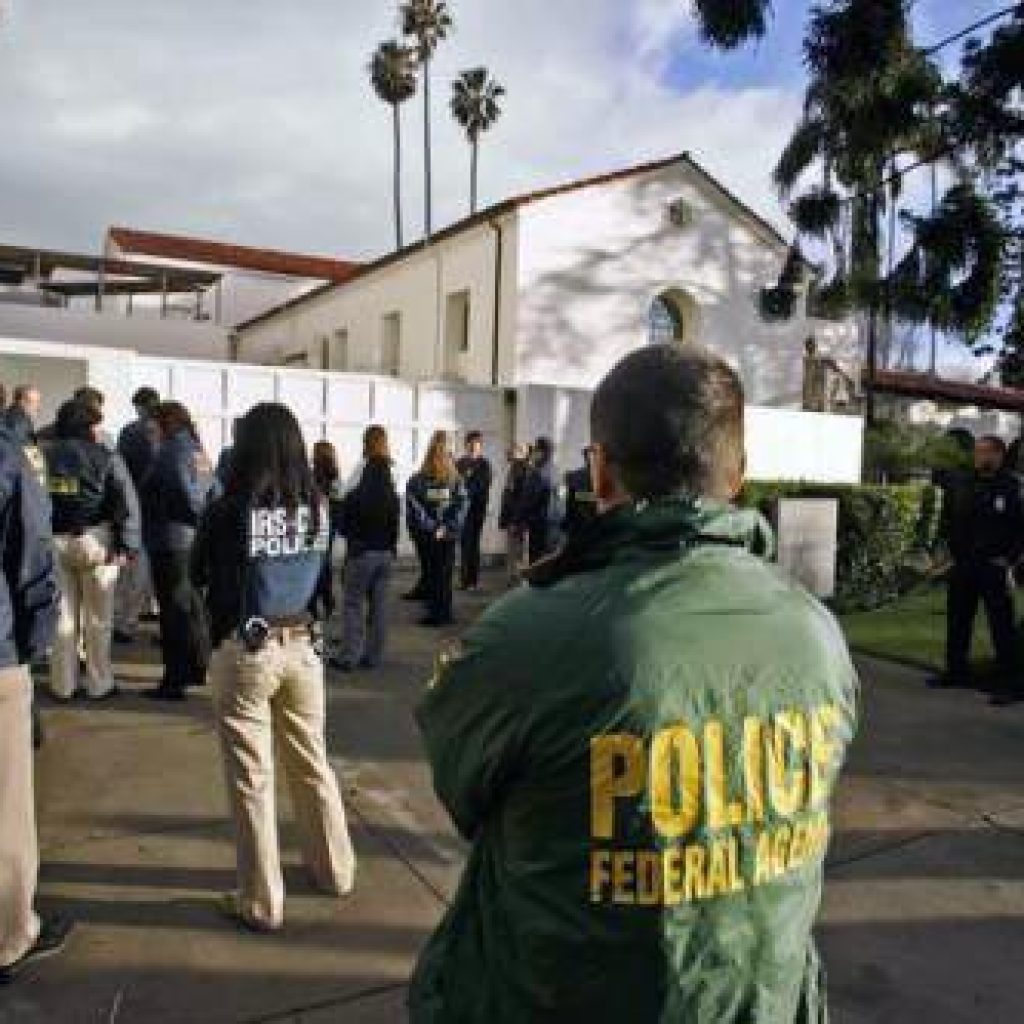
Tue, 1 August 2023
12:00AM
“Who Owns Ban Chiang?” Revisited
Melody Rod-ari
Lecture by Melody Rod-Ari.
Thu, 22 June 2023
11:30AM
Art History and the Digital: A Conversation with Yael Rice, Nancy Um, Deepthi Murali and Priya Jaradi
The digital mediates nearly every aspect of the work that we, as art historians, do today: from word processing, smartphone photography, and image file storage to museum and library database searches. More than merely a tool, the digital carries the potential to radically transform the means by which we perceive, document, preserve, organize, and present the objects and spaces that we study.
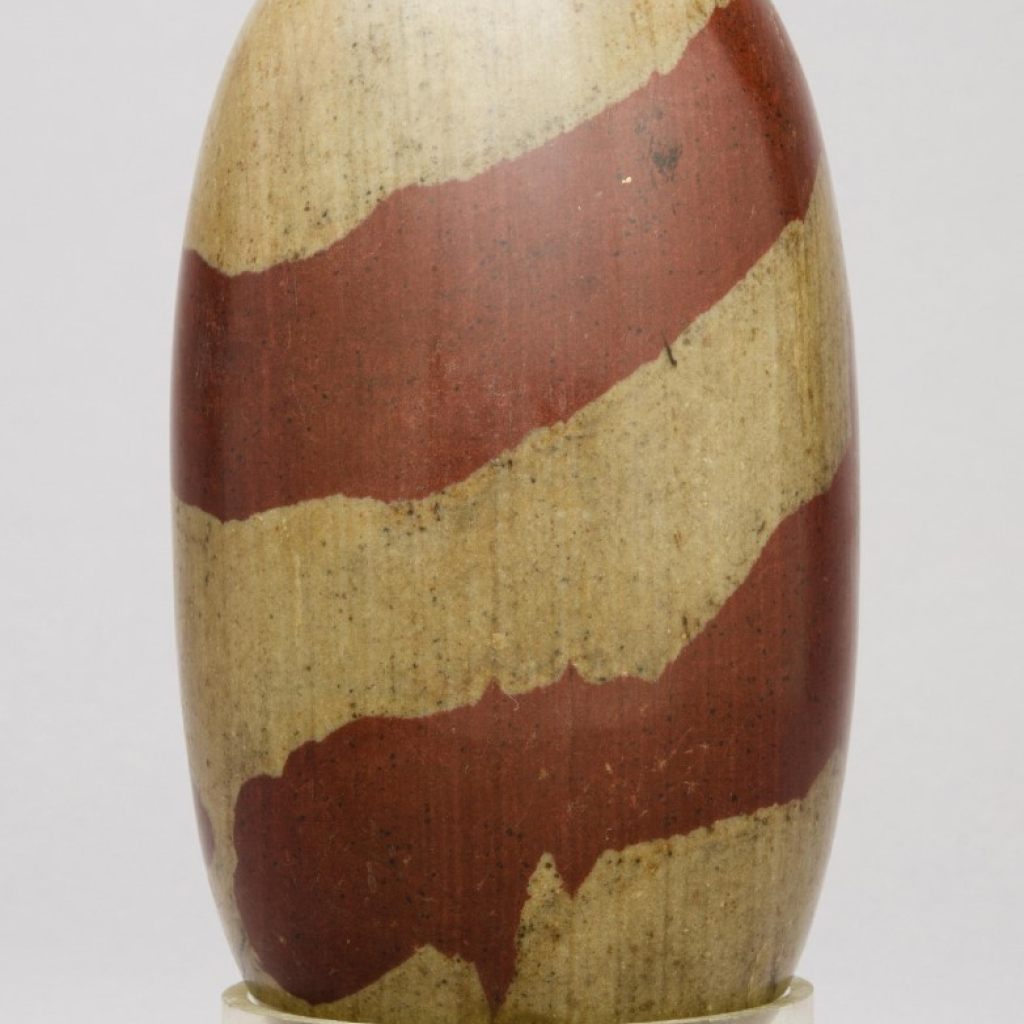
Thu, 15 June 2023
11:00AM
Artist/Maker Unknown: Hierarchy, Bias, and the Museum Database
Yael Rice
Viewing museum collections online, one will find endless references to an “artist unknown”—or, in the context of objects made in India, an artist “unknown, Indian”—displayed prominently in the topmost registers of the webpages. Other metadata, like the work’s title, date of completion, and medium, typically appear below that. As “natural” as this informational hierarchy may seem, it betrays a clear bias for cultures and periods that privilege (or have privileged) artistic authorship over and above other facets of an object’s production and use. Simply reordering the online record’s text would hardly correct this bias, for many museum collections management systems reproduce the very same hierarchies.

Wed, 17 May 2023
9:00AM
Speaking Seeing: Indigenous Visual Knowledge and the Priority of Language
Gerald McMaster, Kent Ayoungman, Floyd P. Favel, and Krista Ulujuk Zawadski
The second event in the 2023 series, Indigenous Ways of Seeing, which is co-presented by the Power Institute and the Wapatah Centre for Indigenous Visual Knowledge. Learn more about the Wapatah Centre and the series here.
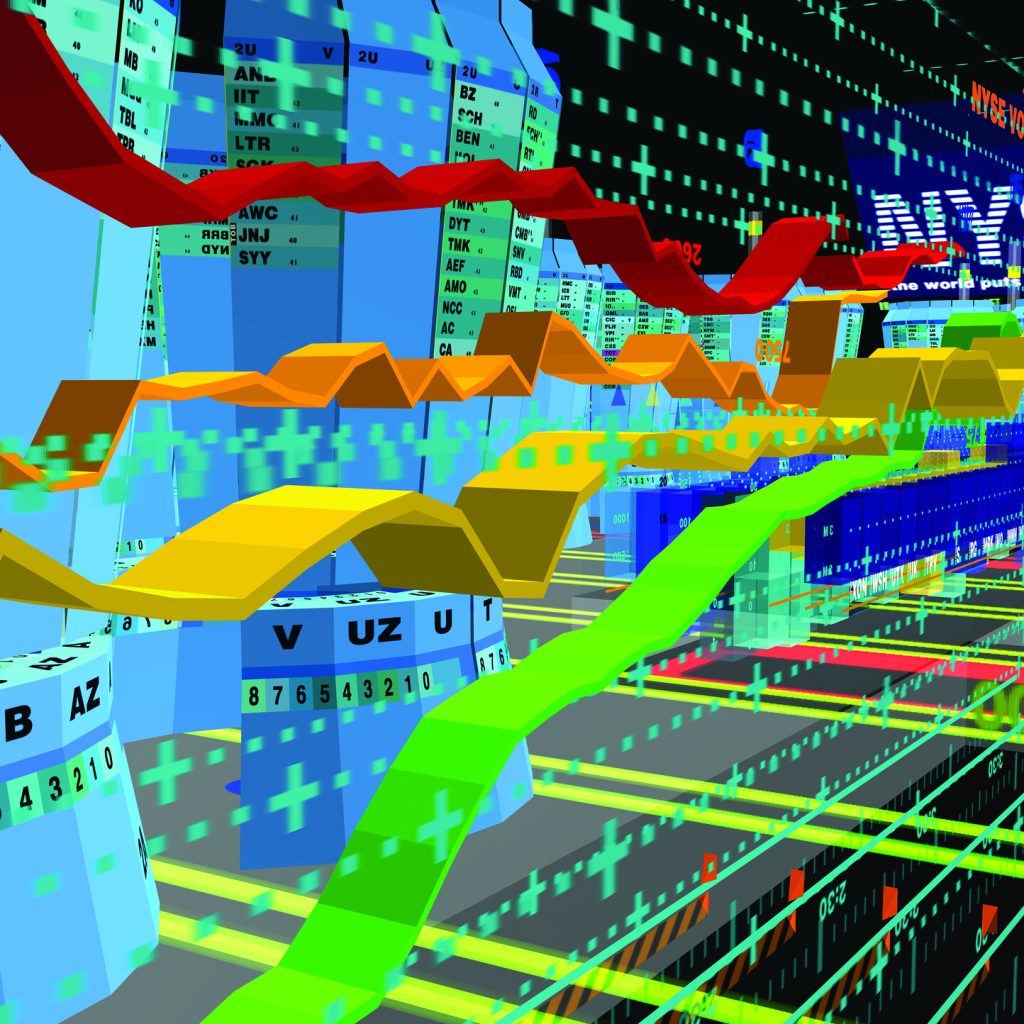
Thu, 11 May 2023
6:00PM
Smart Power
Orit Halpern
Today, growing concerns with climate change, energy scarcity, security, and economic volatility have turned the focus of urban planners, investors, scientists, and governments towards computational technologies as sites of potential salvation from a world consistently defined by catastrophes and “crisis”.
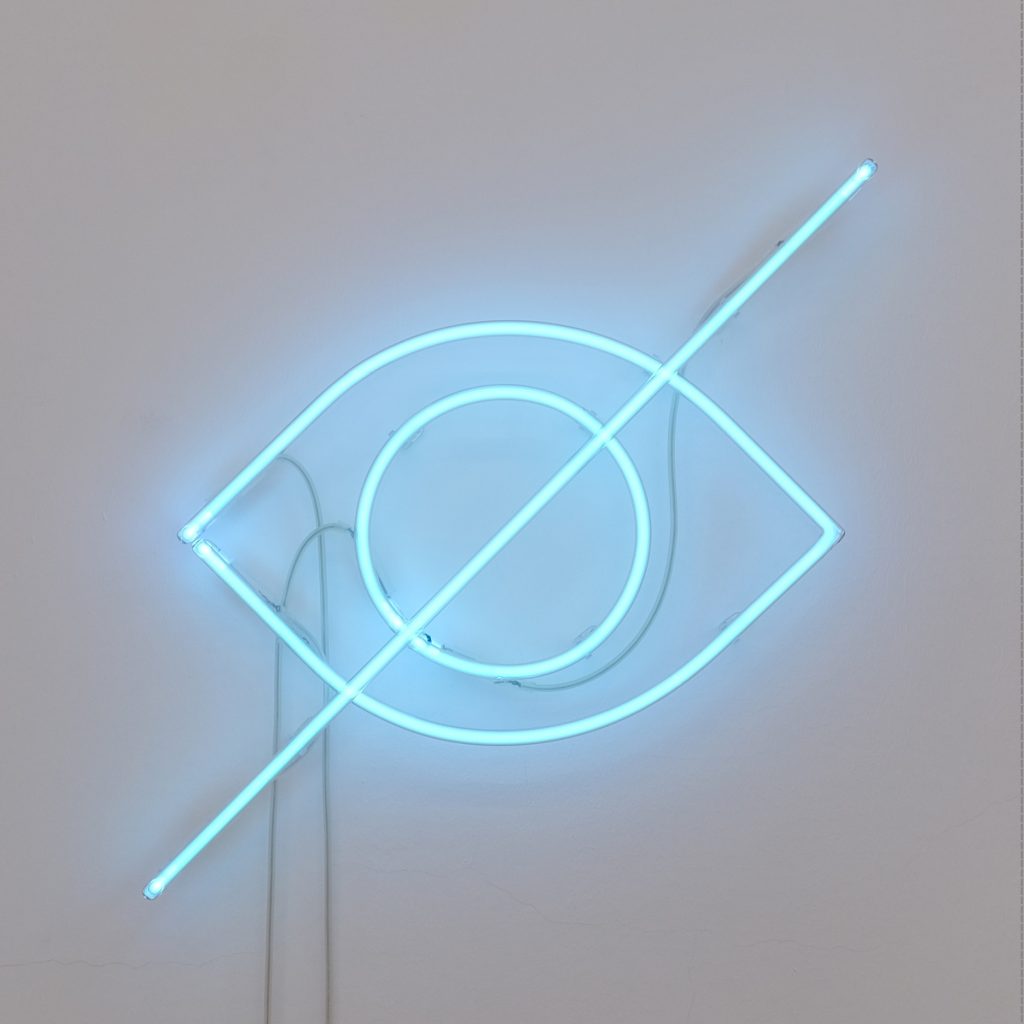
Thu, 27 April 2023
10:00AM
The Strike Against White Sight is a Feminist Strike
Nick Mirzoeff
White supremacy is not only perpetuated by laws and police but also by visual culture and distinctive ways of seeing.
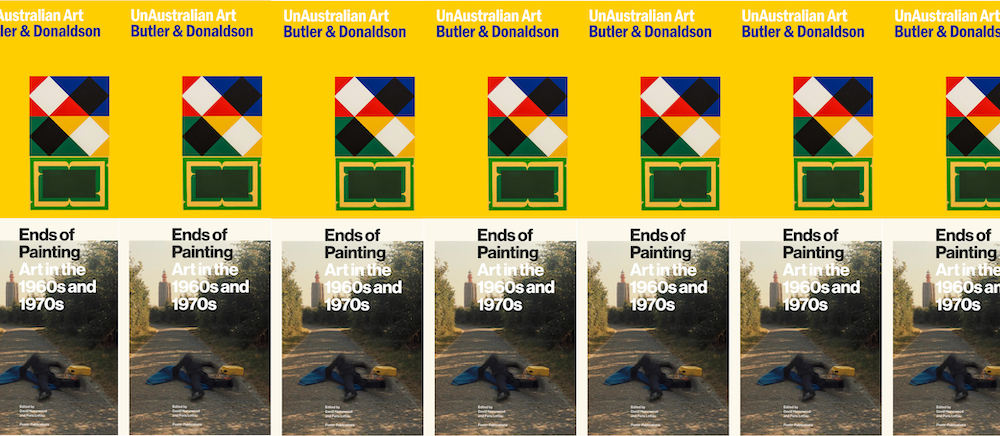
Fri, 21 April 2023
6:30PM
Book Launches (Melbourne)
Rex Butler & ADS Donaldson, UnAustralian Art: Ten Essays on Transnational Art
David Homewood & Paris Lettau, Ends of Painting: Art in the 1960s and 1970s
